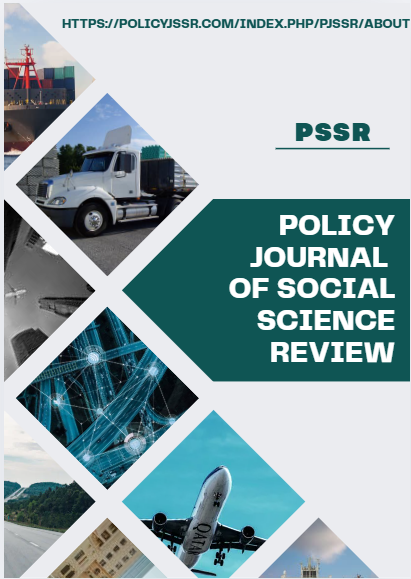Preferred Vocational Choices of Rural Women Workers: Employing Technique for Order of Preference by Similarity to Ideal Solution
Abstract
There are limited choices available to the women workers in rural areas and that too are worse than each other and it has become imperative to investigate this issue. Therefore, aim of this research project is to underpin best choice for rural women workers out of the limited choice available. Design of the research project necessitates review of literature, field survey and scientific analysis of the choices. In order to address this issue, the study opted for use of Technique for Order of Preference by Similarity to Ideal Solution (TOPSIS). The data is collected from heterogeneous expert respondents by way of field survey. The respondents are recruited against pre-determined criteria that include experience, background/exposure to vocations of bonded labor, education, theoretical & practical knowledge of the phenomenon under investigation. The study investigates and evaluates the vocations like sugarcane harvesting, wheat harvesting, rice sowing, participating in road construction, working for kiln, harvesting peanuts and harvesting rice etc. The data is elicited using a survey questionnaire of five-point ranking scale through face-to-face interview. The data aggregating technique of majority gives way to minority is used. It is a unique type of study and it provides theoretical foundations for future research. It has practical implications for rural women workers understanding the issue rather better. It also has implications for stakeholders including: policy makers, society at large, family members of women workers, people responsible for soliciting the services in aforementioned vocations and the researchers from the field of economics and social sciences.
Keywords: TOPSIS, Vocational Choices, Professions, Rural, Women





